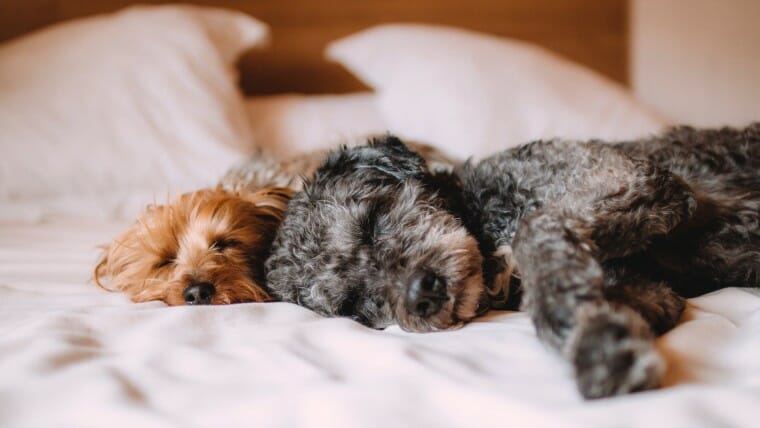Transform Frustrating Walks into Enjoyable Adventures with Your Dog
Your friends at Puppy Play and Stay think that walking your dog should be a pleasure, but if your furry friend pulls on the leash, it can turn into a frustrating experience. Fortunately, with the right techniques, you can train your dog to walk calmly on a loose leash, making your walks enjoyable for both of you.
-
Start with the Right Equipment
Choosing the right gear is crucial. A well-fitting harness or a front-clip harness can offer better control and discourage pulling more effectively than a standard collar. Avoid using retractable leashes, as they can encourage pulling and provide less control.
-
Use Positive Reinforcement
Positive reinforcement is key to successful leash training. Begin by rewarding your dog for walking beside you with treats, praise, or a favorite toy. Whenever your dog walks with a loose leash, immediately reward them to reinforce the behavior. This helps your dog associate walking calmly with positive outcomes.
-
Practice Loose Leash Walking Indoors First
Before heading outside, practice in a distraction-free indoor environment. Start in a quiet room and use treats to guide your dog to walk beside you. This helps your dog understand what is expected without the added distractions of the outside world.
-
Employ the Stop-and-Go Method
If your dog starts pulling, stop walking immediately. Stand still and wait until your dog returns to your side or loosens the leash. Once the leash is loose, continue walking and reward your dog. This method teaches your dog that pulling will not get them where they want to go, but walking calmly will.
-
Change Directions
When your dog starts to pull, change directions abruptly. This sudden shift in movement helps redirect your dog’s attention and reinforces the idea that walking with a loose leash is more rewarding. Always reward your dog when they follow your lead and walk alongside you.
-
Be Consistent and Patient
Training your dog to walk on a loose leash takes time and consistency. Practice regularly and be patient with your dog’s progress. Gradually increase the length and complexity of your walks as your dog improves. Remember, consistency is key to reinforcing good behavior.
-
Avoid Yanking or Jerking the Leash
Never use forceful corrections like yanking or jerking the leash. This can cause anxiety and make the problem worse. Instead, focus on positive reinforcement and gentle redirection to guide your dog towards the desired behavior.
By following these techniques, you can transform your walks into enjoyable, stress-free experiences. With patience and persistence, your dog will learn to walk calmly on a loose leash, making your time together more pleasant and fulfilling. Happy walking and don’t forget to visit us for daycare or boarding!


